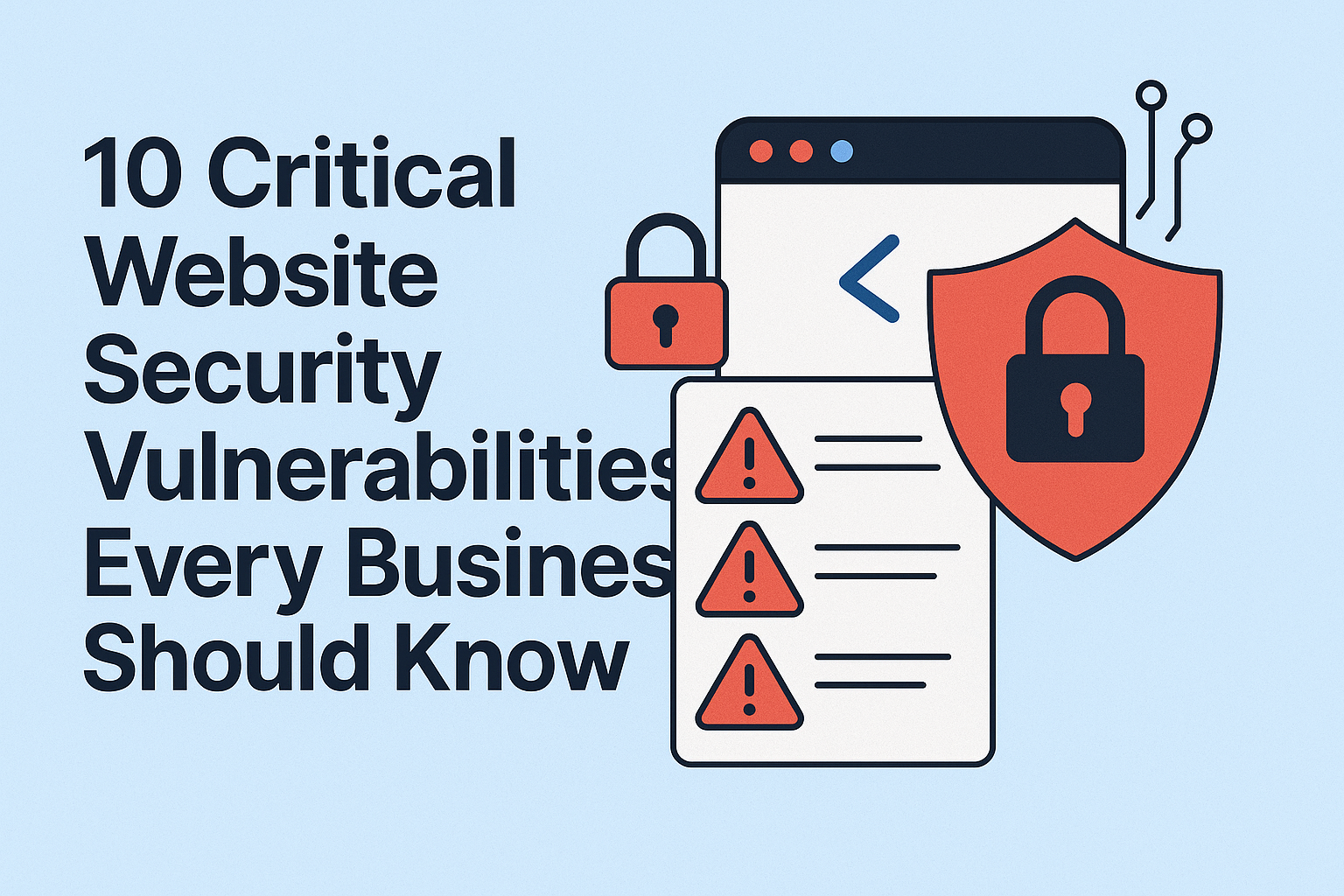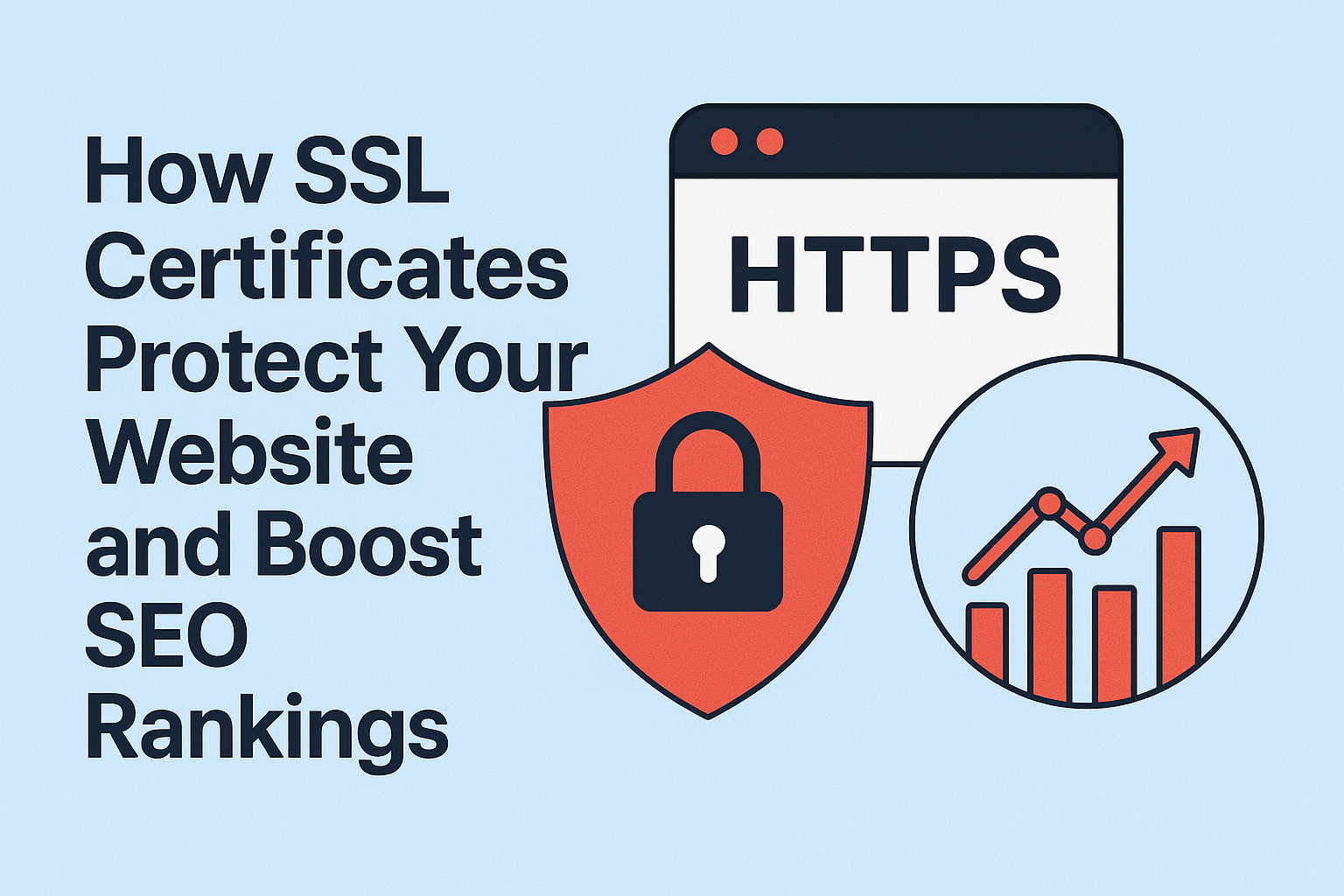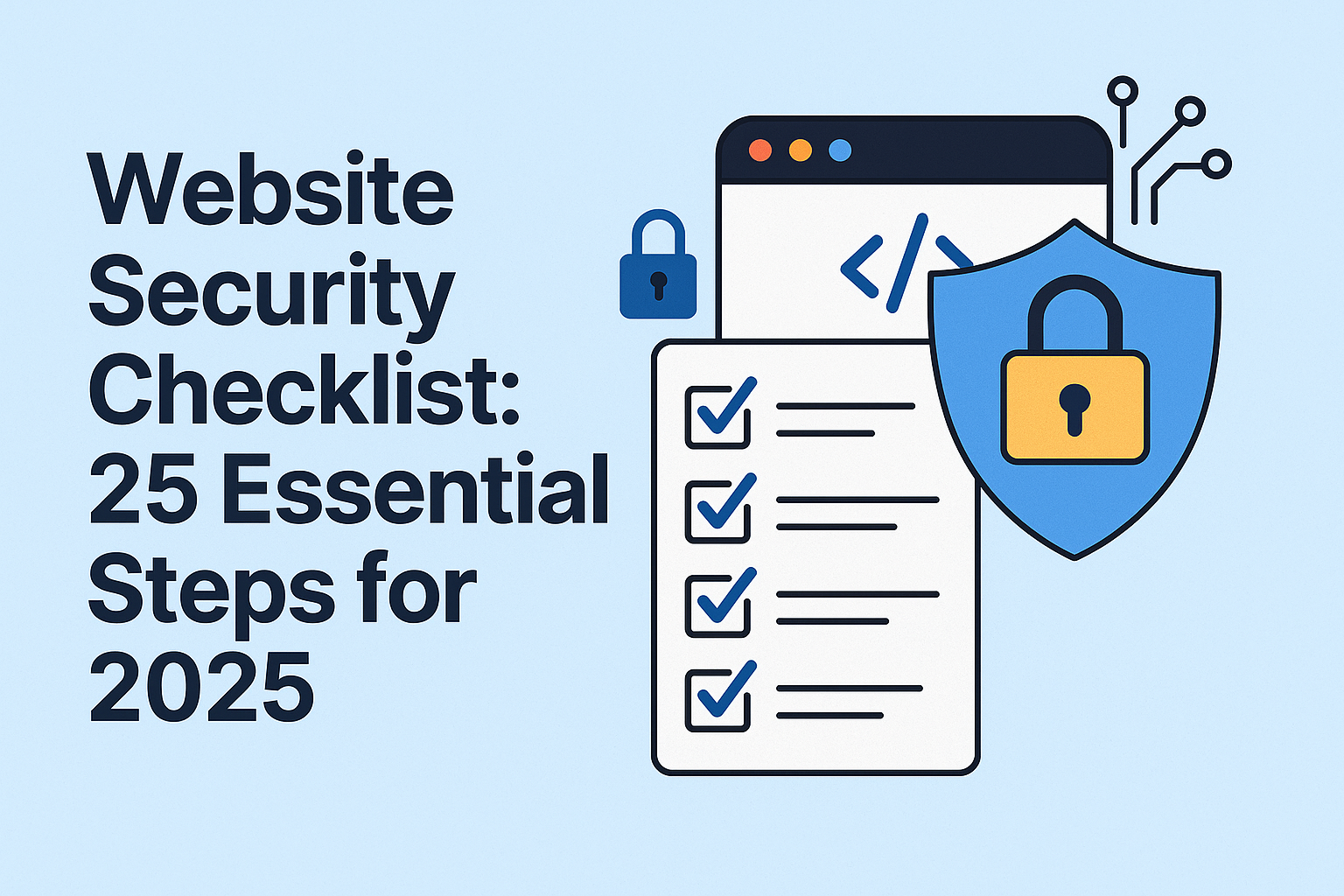10 Critical Website Security Vulnerabilities Every Business Should Know
Learn about the most common website security threats that could compromise your business and how to protect against them.

Introduction: Why Website Security Is a Business Imperative
In today's digital first world, your website is more than just a storefront. It's the heart of your business. But with cyberattacks on the rise, even a single vulnerability can put your data, reputation, and revenue at risk. Understanding the most common website security vulnerabilities is the first step to protecting your business and your customers.
1. SQL Injection (SQLi)
SQL injection is a classic attack where hackers manipulate your database queries through unsanitized input fields. This can lead to unauthorized data access, data loss, or even a complete takeover of your database.
- How to prevent: Always use parameterized queries and input validation. Tools like SecureVibing automatically scan for SQLi risks and help you patch them before attackers find them.
2. Cross-Site Scripting (XSS)
XSS allows attackers to inject malicious scripts into your website, targeting your users' browsers. This can result in stolen credentials, session hijacking, or defacement of your site.
- How to prevent: Sanitize all user input and encode output. SecureVibing's automated scans detect XSS vulnerabilities and provide actionable fixes.
3. Broken Authentication
Weak authentication mechanisms, like poor password policies or missing multi-factor authentication, can let attackers impersonate users or admins.
- How to prevent: Enforce strong passwords, enable 2FA, and monitor for suspicious login attempts. SecureVibing helps you audit your authentication flows for weaknesses.
4. Sensitive Data Exposure
Improper handling of sensitive data (like customer info or payment details) can lead to leaks, fines, and loss of trust.
- How to prevent: Use HTTPS everywhere, encrypt data at rest and in transit, and limit data access. SecureVibing checks your encryption and data exposure settings automatically.
5. Security Misconfiguration
Default settings, unnecessary features, or forgotten debug modes can open doors for attackers. Even a single misconfigured header or open port can be exploited.
- How to prevent: Regularly review your server and app configurations. SecureVibing's deep scan highlights risky misconfigurations and guides you to fix them fast.
6. Cross-Site Request Forgery (CSRF)
CSRF tricks users into performing actions they didn't intend, like changing their email or making a purchase, by exploiting their authenticated session.
- How to prevent: Use anti-CSRF tokens and verify user intent. SecureVibing tests your forms and endpoints for CSRF protection.
7. Insecure Direct Object References (IDOR)
IDOR flaws let attackers access data or actions by simply changing a URL or parameter, bypassing authorization checks.
- How to prevent: Always enforce authorization on the server side. SecureVibing's scanner detects IDOR risks and helps you lock down your endpoints.
8. Using Components with Known Vulnerabilities
Outdated libraries, plugins, or frameworks can introduce vulnerabilities, even if your own code is secure.
- How to prevent: Keep all dependencies up to date and monitor for new CVEs. SecureVibing alerts you to vulnerable components in your stack.
9. Insufficient Logging & Monitoring
Without proper logging and monitoring, attacks can go undetected for weeks or months, increasing the damage and recovery costs.
- How to prevent: Implement centralized logging, set up alerts for suspicious activity, and review logs regularly. SecureVibing integrates with your stack to help you monitor what matters.
10. Broken Access Control & Supabase RLS
Improper access control is one of the most critical and overlooked risks. If users can access data or actions they shouldn't, your business is exposed. For modern apps using Supabase, Row Level Security (RLS) is essential, but it's easy to misconfigure.
- How to prevent: Always use the principle of least privilege, and for Supabase, enable and test RLS on every table. SecureVibing automates RLS checks and helps you configure robust policies, so you never leave sensitive data exposed.
Conclusion: Proactive Security = Business Growth
Website security isn't just about avoiding breaches. It's about building trust, protecting your reputation, and enabling growth. By addressing these 10 vulnerabilities, you dramatically reduce your risk and show customers you take their safety seriously.
Ready to secure your website? Let SecureVibing scan your site, automate Supabase RLS, and help you stay ahead of threats—so you can focus on growing your business with confidence.
Ready to Secure Your Website?
Put these security insights into action. Start with a comprehensive security scan of your website.
Start Free Security ScanRelated Articles

How SSL Certificates Protect Your Website and Boost SEO Rankings
Discover why SSL certificates are essential for both security and search engine optimization, and how they can improve your website's performance.

Website Security Checklist: 25 Essential Steps for 2025
A comprehensive security checklist covering everything from basic protection to advanced security measures every website owner should implement.